The 1980s was a decade filled with imaginative play and outdoor adventures on the playground. Unlike the highly digitalized entertainment options available to children today, kids in the ’80s had to rely on their creativity and the great outdoors for amusement. From schoolyards to neighborhood parks, playgrounds were the epicenter of fun, laughter, and sometimes a little mischief. Swapping electronic gadgets for jump ropes and chalk, children engaged in games that not only entertained but also encouraged physical activity and social interaction. Today, these games may seem like relics of a bygone era, yet they hold a treasure trove of memories for those who played them.
1. Red Rover
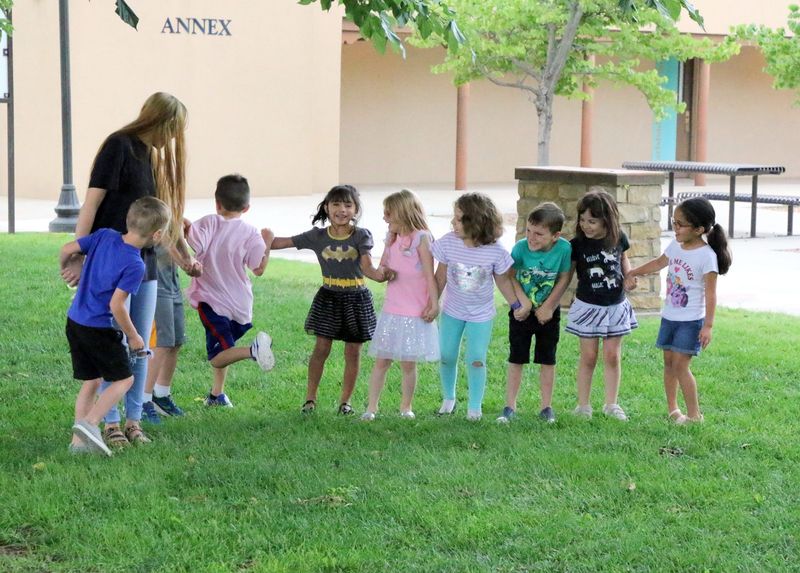
“Red Rover, Red Rover, send someone right over!” This chant echoed across playgrounds, summoning a child to break through linked arms of opposing teams. A staple in schoolyards, Red Rover required both strategy and a touch of bravado. Players had to assess the weakest link or risk a collision. Despite its simplicity, the game often ended in a whirlwind of laughter and camaraderie. The thrill of charging forward was matched only by the tension of holding your ground. While modern safety concerns have dimmed its popularity, Red Rover remains a nostalgic memory for many 80s kids.
2. Four Square
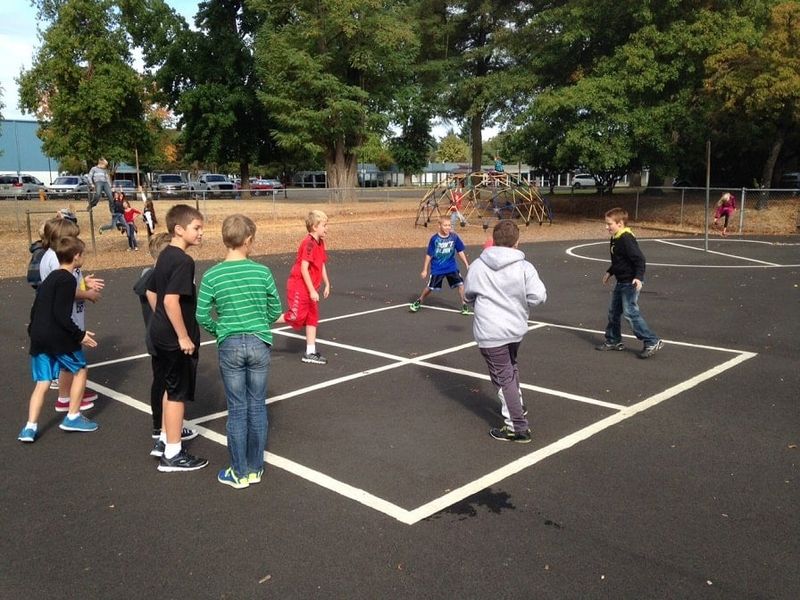
Four Square brought together agility, strategy, and a little bit of sass. Played on a square court divided into four smaller squares, players bounced a ball into each other’s squares with the goal of reaching the “king” position. It wasn’t just about keeping the ball in play; players often infused their own rules, adding layers of complexity and fun. A game of both skill and social dynamics, it was common for alliances to form or rivalries to heat up. Four Square encouraged creativity, making each session unique. Its adaptability kept it a playground favorite.
3. Kick the Can

Kick the Can was part hide-and-seek, part tag, and all excitement. In this game, one person was “it” and guarded the can while others hid. The challenge was to sneak up and kick the can before getting tagged. Often played at dusk, the game encouraged stealth and speed, with the thrill of being caught heightening the stakes. It was a wonderful blend of strategy and spontaneity, often played until the streetlights came on. Although simple, Kick the Can could entertain for hours, fostering friendships and playful rivalries.
4. Double Dutch

Double Dutch is a rhythmic dance with ropes. Two long ropes turn in opposite directions, and one or more players jump in and out. This urban favorite required not just physical skill but also coordination and rhythm. Jumpers often added their own flair, incorporating tricks and chants that made each session unique. It was as much about the spectators as the participants, drawing crowds of cheering friends. Double Dutch was more than a game—it was a community event, celebrated with competitions and showcases. Its vibrant energy made it a standout during recess or on city streets.
5. Hopscotch

Hopscotch transformed playgrounds into fields of imagination. With a piece of chalk, children drew grids on the pavement, numbering each square. A tossed stone marked the spot to skip, and players hopped on one foot, avoiding the marked square. Balance and agility were key, but so was creativity. The game was customizable, and children often created their own variations. Hopscotch was a solo challenge or a group activity, with friends cheering or competing. Its simplicity and versatility made it accessible and loved by many. A sunny day and an empty pavement were all that was needed to play.
6. Marbles

A game of skill and precision, marbles captivated children with its colorful array of glass spheres. Players aimed to knock opponents’ marbles out of a circle drawn in the dirt using their own “shooter” marble. The game required a steady hand and strategic thinking. Marbles could be played one-on-one or in groups, often leading to friendly rivalries. Trading marbles was also part of the fun, with children displaying their prized collections. This timeless game didn’t require much space, making it a versatile and portable pastime. Its tactile nature and the satisfying clink of marbles made it a favorite.
7. Tetherball
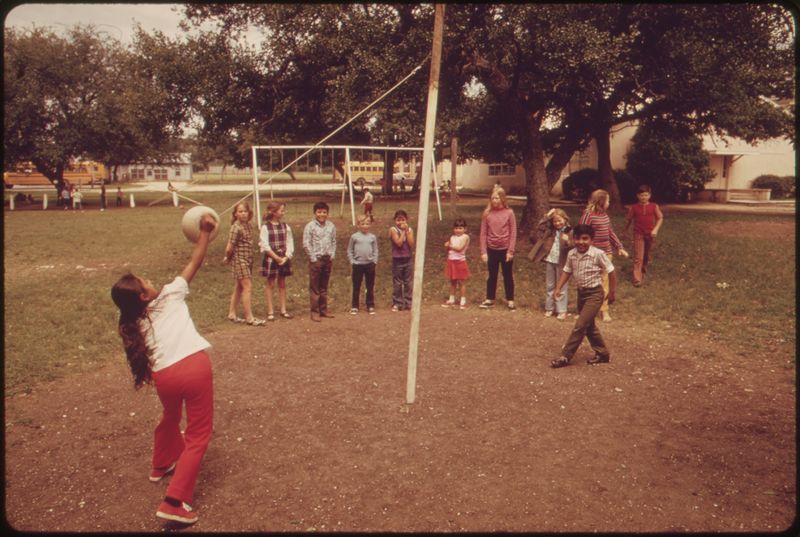
Tetherball was the ultimate test of reflexes and strategy. A ball attached to a rope was hit back and forth around a pole by two players. The goal was to wrap the rope completely around the pole in your direction. Speed and anticipation were crucial, but so was the ability to predict your opponent’s moves. This intense one-on-one game was a staple of playgrounds, often drawing spectators who cheered with every successful strike. While fierce and competitive, tetherball also allowed for quick matches, making it a popular choice during short recess breaks.
8. Duck Duck Goose
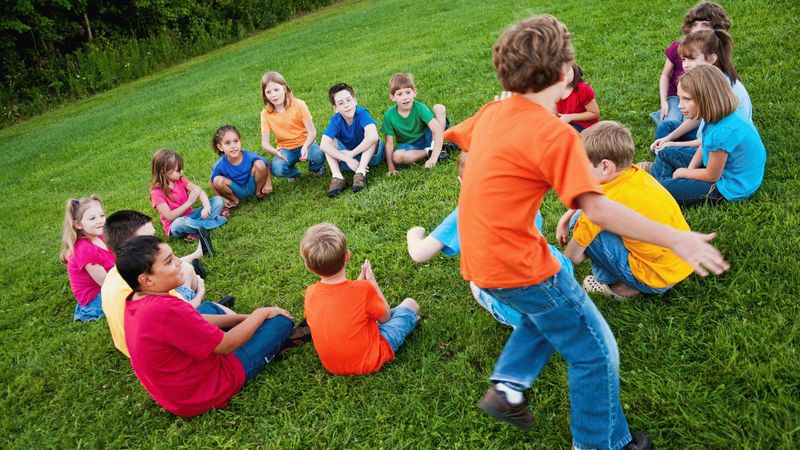
Duck Duck Goose is a game of anticipation and quick reflexes. Children sat in a circle as one walked around, tapping heads while chanting “duck.” When “goose” was called, the chosen child had to chase the tapper around the circle. It was a game of speed and strategy, with the goal of returning to the open spot first. While simple, it added an element of surprise and excitement to playtime. The circle often erupted in laughter and cheers, making it a beloved choice for group gatherings. Its simplicity and need for minimal equipment made it accessible for all.
9. Simon Says
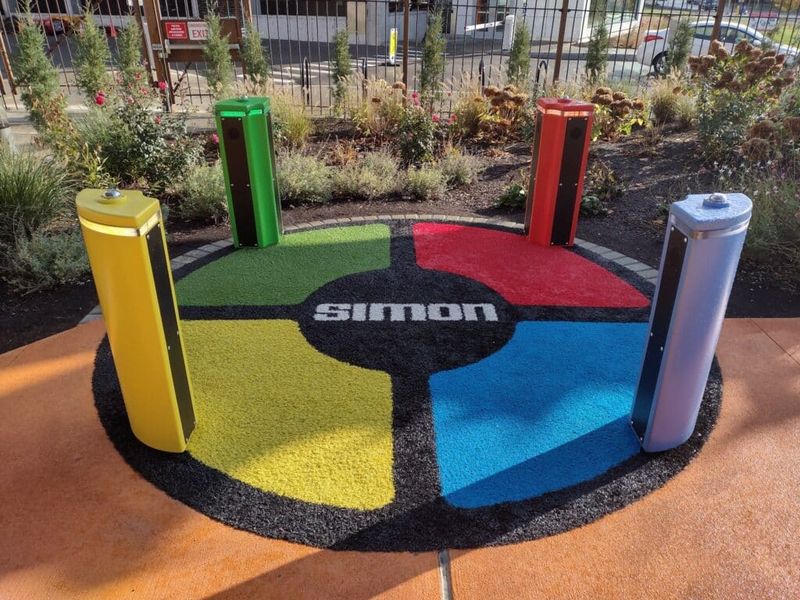
Simon Says challenged children to listen closely and act quickly. A leader, “Simon,” gave commands prefaced with “Simon says,” prompting players to follow. Any command without this phrase was a trick, and those who followed were out. Attention to detail and quick reactions determined the winner. The game was a mental workout wrapped in fun, teaching kids to listen and focus. Easy to set up and needing no equipment, Simon Says was perfect for impromptu play. Its blend of challenge and entertainment made it a staple of playgrounds and parties alike.
10. Tag
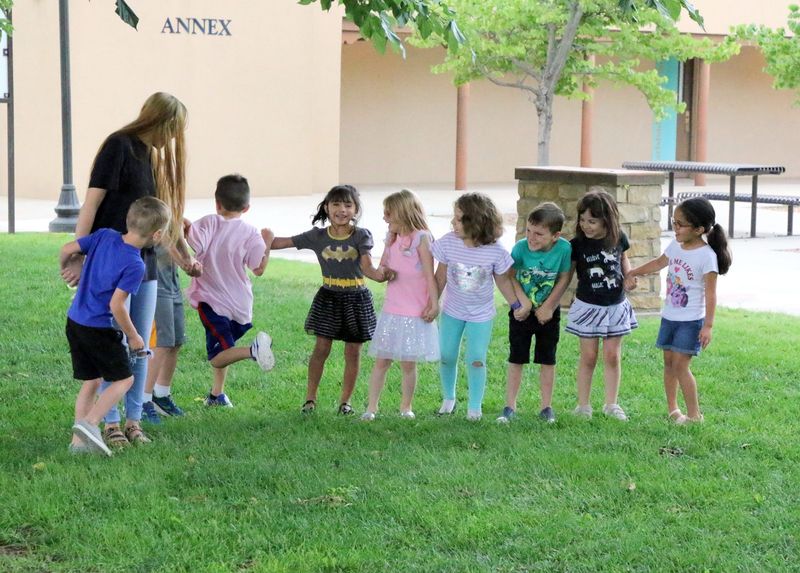
Tag was the universal game of speed and agility. One child was “it” and had to chase others, tagging them to switch roles. Played in backyards, parks, or school fields, it required nothing more than a wide-open space. Variations such as freeze tag or flashlight tag added twists to the classic. The thrill of the chase and the joy of evading capture were unparalleled. Tag encouraged physical activity and honed reflexes, creating countless hours of fun and interaction. Despite its simplicity, it was a catalyst for creativity and strategy among players.
11. Capture the Flag
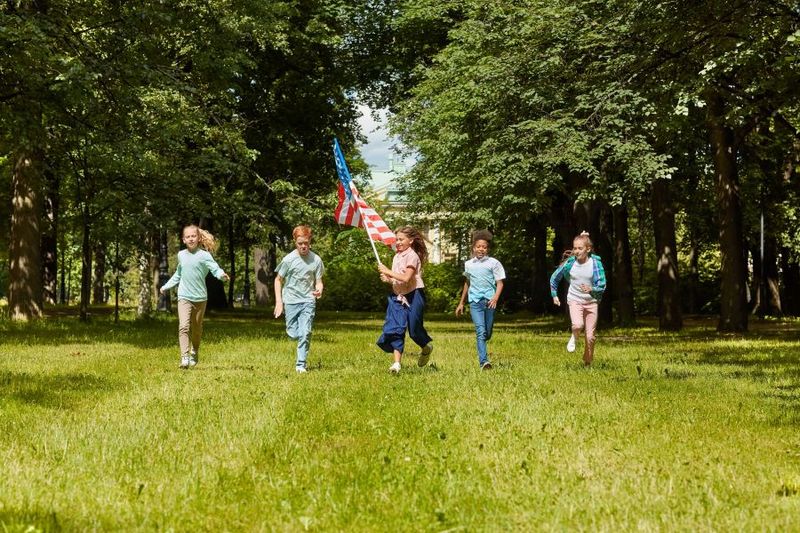
Capture the Flag was the epitome of teamwork and strategy. Played outdoors, two teams each had a flag to protect while trying to capture the opponent’s flag. The game was a mix of stealth, speed, and cunning, often played in wide spaces like parks or camps. Teamwork was key, as players coordinated attacks and defenses. It was an exhilarating race to outsmart the other side. Capturing the flag and returning it to your base without getting caught was a triumph. This game fostered camaraderie and competitive spirit, making it a timeless classic.
12. Chinese Jump Rope
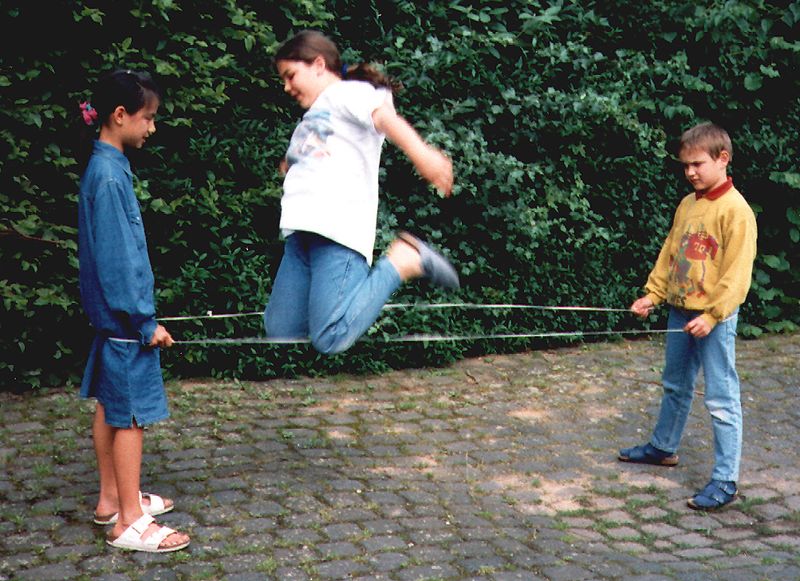
Chinese Jump Rope was a test of agility and rhythm. A loop of elastic was held in place by two players while a third jumped in and out, performing patterns. It required memorization and coordination, with levels of difficulty increasing as patterns became more complex. This game was a true showcase of creativity as players invented new sequences and moves. Often played during recess, it fostered a sense of accomplishment and friendly competition. The blend of social interaction and physical skill made Chinese Jump Rope a cherished pastime during the 80s, filled with laughter and camaraderie.

Well, hello there!
My name is Jennifer. Besides being an orthodontist, I am a mother to 3 playful boys. In this motherhood journey, I can say I will never know everything. That’s why I always strive to read a lot, and that’s why I started writing about all the smithereens I came across so that you can have everything in one place! Enjoy and stay positive; you’ve got this!

